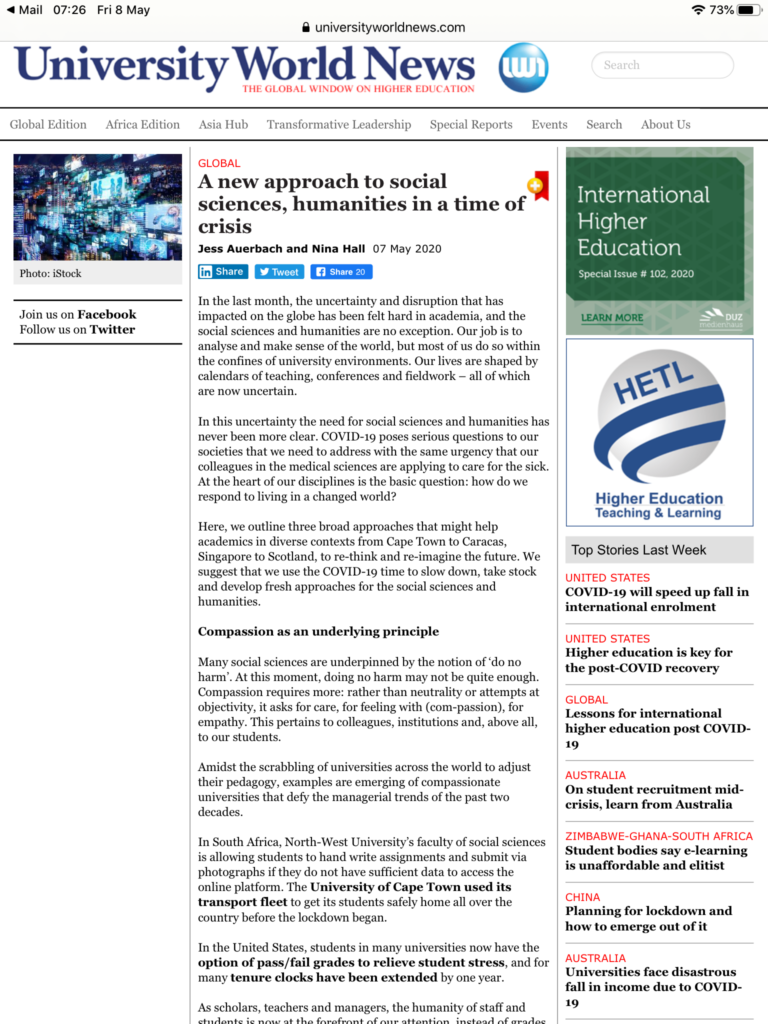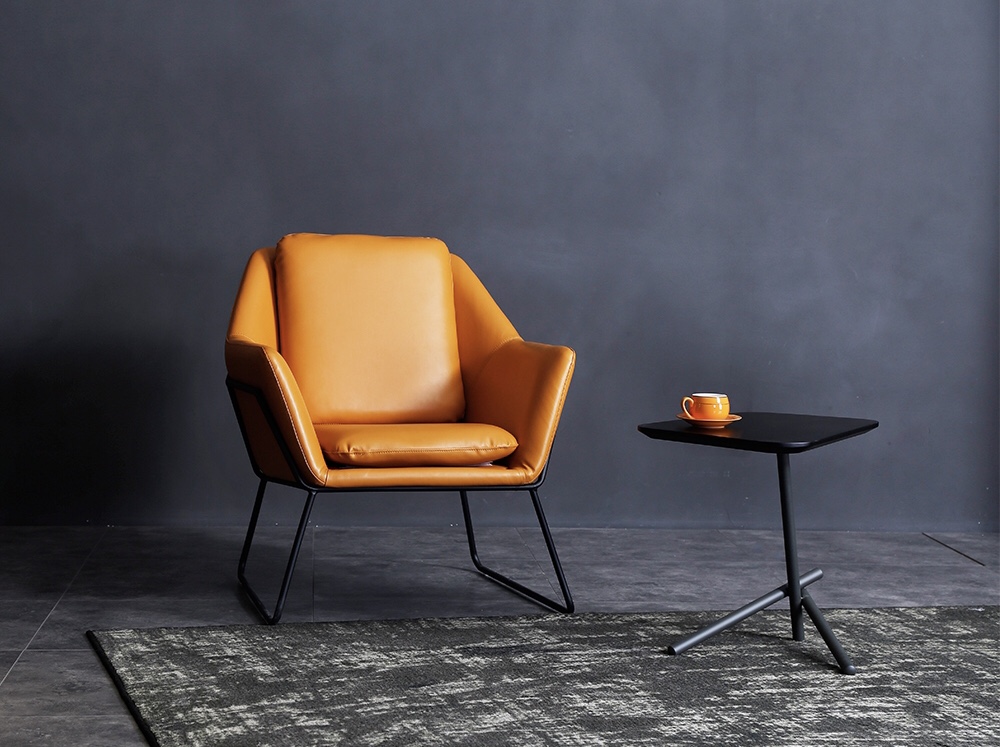Mikaela Springsteen
The list of things which I count is growing.
It has been seven days since last I went shopping. Forty-five have passed since my last close contact with someone outside the household. We have currently—among other stores—two cups of dry milk, a quarter cup of coarse salt, and two bags of flour (enough to make at least eight dozen more Bavarian pretzels). The state of New York has seen 312,977 confirmed cases of Covid-19, 7.7% of whom have died. My temperature averages 98.3ºF—within normal bounds. NY has conducted 959,071 tests. New cases are detected daily: 4,585; 4,681; 3,942; 4,663.
I cannot see the virus itself—having somehow neglected to bring a microscope with me into lockdown, and am fortunate that no one I am quarantined with has yet been infected. What I can see—what we all can see—are all the virus metrics. These are quoted and discussed on TV, in newspapers, and in every other conversation that I have. Visualizations of these numbers have proliferated as researchers, statisticians, and anyone with a computer and rudimentary coding skills each adds their voice to the mix. I count myself in this number—in an attempt to better understand the dynamics of this pandemic I created my own series of dashboards for exploring various virus trends.
But what are these visualizations and ‘explainers’ for? Do we really need them all? Are they any good? Are they accurate? Are they useful?
There is good reason to be skeptical. This merry band of visualizations has been introduced to a public which is, as a whole, not particularly statistically-literate and in desperate search of information about the progression of this pandemic. Statistics are famously manipulable—whether deliberately or accidentally, they may be distorted with very little effort and a worried audience might not be able to distinguish the good from the garbage. These statistics, for good or ill, then go on to shape their perception of reality. Anyone creating these metrics must therefore bear responsibility for ensuring their clarity and accuracy, and in so doing should consider the level of statistical knowledge required to reliably interpret the information presented.
Despite these valid concerns, I believe that this proliferation of virus metrics should not, on balance, be considered a bad thing. Each visualization represents an impulse to understand, an urge to learn—an impulse which I see as an unalloyed good. It is an impulse with which I sympathize. Most of my own research has begun with that impulse, and I know I am not alone in finding comfort in the relative certainty of answers so derived. Of course, the danger these visualizations pose cannot be ignored, and that initial impulse must then be supported by good science. Misleading statistics and misinterpretation remain ever-present dangers, and how much comfort or understanding could someone get from a metric they don’t truly understand?
So what is to be done to bridge this divide?
In this pandemic we have all been exhorted to care for not only ourselves but, if possible, for someone else as well. That care may come in many forms—doing the shopping for a vulnerable neighbor, taking time to check in with one another, or helping others to navigate the deluge of information which surrounds this virus. In this moment when many of us have a bit more time on our hands, and a lot more information to sort through, there is an opportunity to help others to understand, to be critical and inquisitive.
And what of the chart-builders? The visualizers and coders? Those with enough statistical skill to be dangerous? Their responsibility is great, but it need not be theirs alone. This is a time in which collaboration can flourish. Charts and graphs can nearly always be improved. Especially in this time, where the ordinary timelines for scientific understanding have been somewhat broken down, mistakes may be made. Even in the absence of malice or agenda, errors may occur. Open, good-faith efforts at discussion, collaboration, communication, and improvement can be taken to improve the state of the informational eco-system for all.
There is opportunity here, in the midst of all else, to construct a post-pandemic world that may in some small way improve upon the one before. Levels of statistical literacy may be buoyed by this time, as people strive to understand the statistics which presently rule us all. Collaborations and communication could likewise increase—even if simply as a way to pass pandemic time.
Of course, all this may not come to pass. Easily, the world could slip the other way, leaving us with more confusion and greater mistrust of scientific expertise—particularly if statistics are seen to be too opaque, too partisan, and too manipulable to be trusted.
For all of us, I hope it is the former scenario which will rule the day. Until then, however, as we all remain isolated together, I will do my part to communicate and to collaborate. I talk with my grandmother daily to help her to navigate the latest reports and statistics released by the governor. I continue to develop my own graphs with updates and suggested improvements.
And I will continue to count.
It has been over a month since I last saw my sister. My family is spread across five different states. Nearly a week has passed since I baked a batch of pretzels (which makes me at least 4 days overdue). In eight days New York State will reach the end of its current ‘pause,’ the scientists and policy-makers will reassess, and the count will begin again.
This article was written by Mikaela Springsteen with the aid of 5 cups of tea and nearly 2 whole slices of cake. Mikaela is a recent graduate of Edinburgh Sociology and is currently isolating in a house in the Adirondack Mountains of New York, from where she runs the website Counting Covid-19 —a series of interactive data dashboards exploring virus trends.



